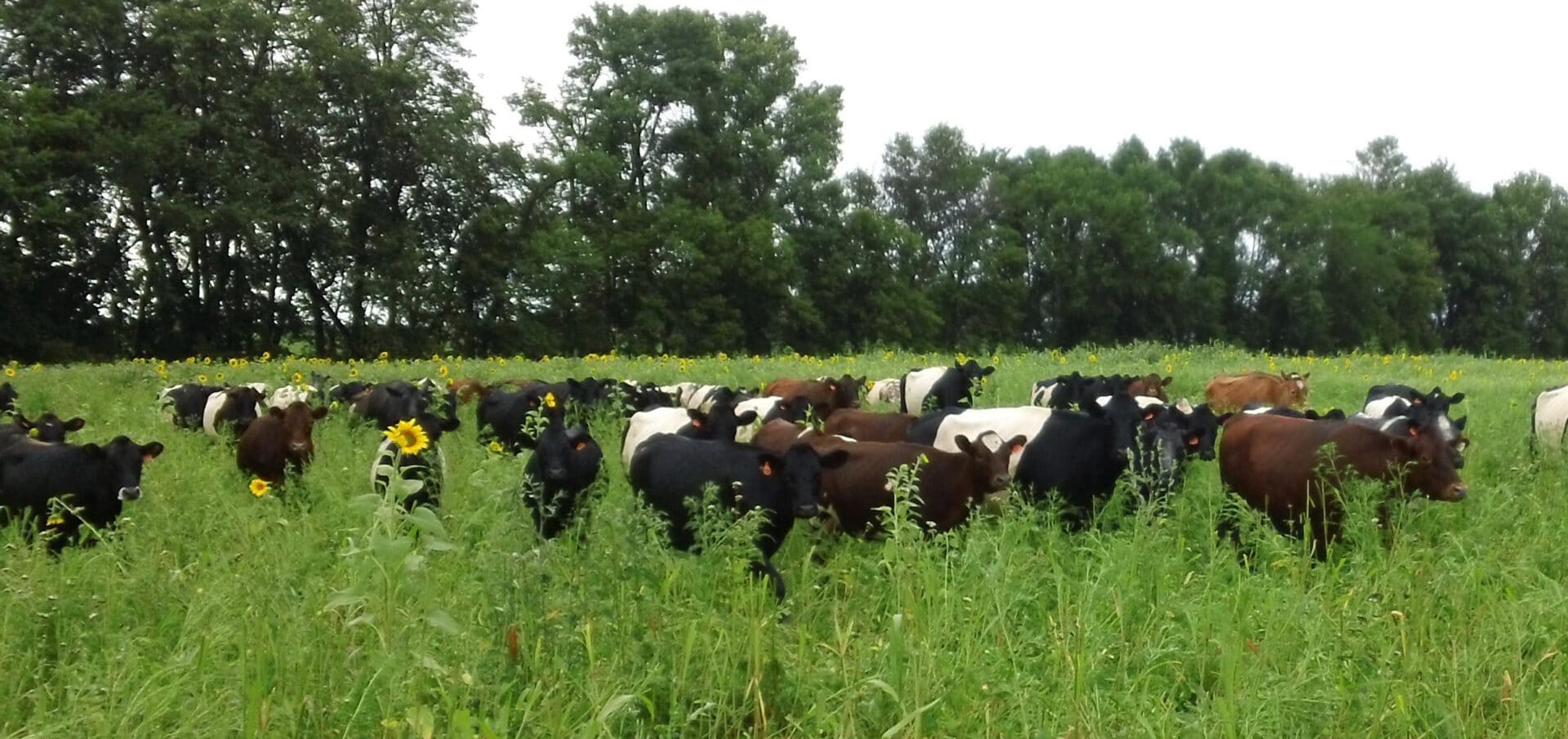Kent Solberg, Understanding Ag, LLC
The other day I drove by a dairy farm. I am somewhat familiar with this farm. Like most dairies today, they are struggling. On top of multiple years of reduced milk prices and rising production costs, they are struggling with the weather this year. It’s been tough to get crops in and hay up.

The field I saw from the road was recently planted to corn. I noticed it because last year this ground was hay and there are no other corn fields within a ½ mile of this field, so it stood out. The corn is only 3-4 inches tall because it was recently planted. This was the middle of July. The corn is for silage and this farm is dependent upon producing all the feed it can to get through the next year.
This was heart wrenching to see. Chances of this corn making much of a harvestable crop are slim, yet this farm needs the feed. Was there a missed opportunity here? I believe there was – and maybe a critical one.
While the planting date for this corn was less than ideal, there are other options. Early July is an optimal time to plant complex warm season cover crops for fall grazing. This year’s heat and moisture hold potential for a number of grazing blends successfully used in this part of the state. A sorghum x Sudan based cover crop blend that includes grasses, legumes and broadleaves can provide dairy quality forage well into late fall and early winter. Contrary to rumors, not all sources of sorghum x Sudan are sold out as of the writing of this article. The mix is designed so that, if necessary, animals can access it in snow depths up to 24”. Strip grazed under high stock densities designed to take half and trample the remainder creates excellent conditions for no-tilling a corn crop in next spring.
This dairy sells organic milk. Under the USDA-NOP standards, they are required to graze their cows. This particular field has a fence around it. They have the tools to graze a cover crop. No forage or grazing restrictions from herbicide use on an organic field. They have animals accustom to grazing and trained to energized fence. The field is accessible to the milking parlor. The field is on a south facing slope and protected by trees to the northwest providing wind protection during cold temperatures. This field is also on some of the most fertile soils in the county, but full of stones that are hard on tillage equipment. The potential for a respectable silage crop that will carry the herd through much of the winter from the planted corn is at best low. Grazing a cover into late fall/early winter means less feed and manure handling, less wear and tear on equipment, less fuel consumption, and no need to purchase or dispose of silage plastic.
So was this a missed opportunity? I understand the corn seed may have been already purchased and they were unable to return or exchange the seed availing other options. Planting corn in mid-July north of the 46th parallel is a very risky investment - there are more expenses than just seed. There is something larger at play – culture. Culture within the dairy industry is corn, corn silage and alfalfa – no if’s, and’s or but’s. Cow breeding is built around this model. Managed grazing of cows is outside this culture, although pasturing dry cows is permissible. This culture is deeply ingrained from college and university programs to the feed mill to the nutritionist and the farmer. The farm I am referencing here is not alone. We have built an entire industry around a perceived set of inputs, and are fixed within this culture. Under many conditions this recipe can and does produce lots of milk. Lots of milk is believed to make the farmer lots of money – except when there is more milk than the market can support - like now and the past 3 years. While the corn/corn silage/alfalfa model can produce high volumes of milk it also has high input costs - higher than small farms can support. So, why not a change, especially if your farm is on the fringe of where this model might work (Climate, soils, topography, market)? But Kent, that’s not how we do dairy. Again – culture and the unwritten pressure to conform for acceptance within our community. OK, so you want to conform – are you making money? More often than not today the answer is no.
I stopped by the farm to see how things were going. The farmer complained about the weather and markets. I asked if they were interested in exploring options that might help the bottom line. He stated “only if you can change the market price.” Wow…
I see and feel the pain. It keeps me up at night. There are options and opportunities, but they may look different than what you are doing now or what the dairy culture says you “must do”. There are resources to help. There are examples available. Does “can’t” mean “won’t”? Can the farm commitment to take the apostrophe “t” out of can’t? For real and profitable change we must see our farms differently.
